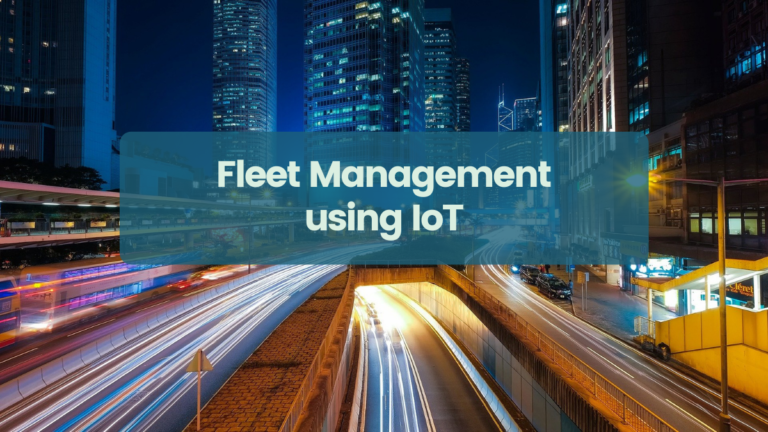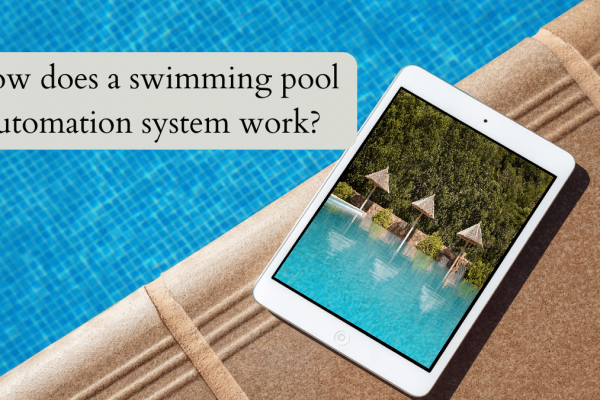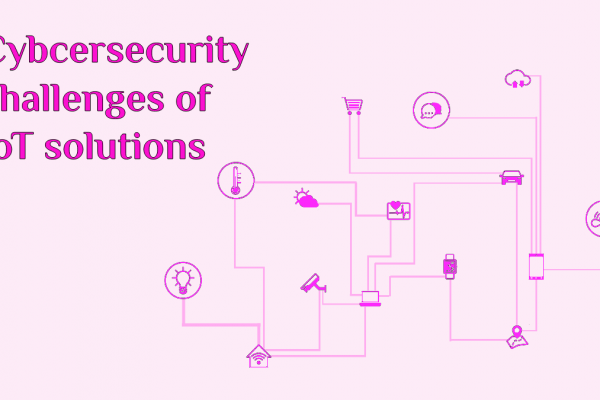Managing a large fleet of vehicles is an important aspect of many businesses. Logistics, cab services, vehicle rental services, or even scooter rentals require maintaining a large fleet. Earlier, fleet management meant periodic inspections, a long maintenance log; basically a ton of tedious repetitive tasks. Using the internet of things or IoT, fleet management is a lot more simple and efficient.
The Internet of things haven’t just changed the existing industries, it has created new business opportunities, such as the scooter and bicycle sharing startups that have become very popular these days. So let’s have a look at how IoT is changing fleet management.
Why do we need fleet management?
Objectives of fleet management vary according to the application. But maintaining vehicles within regulations and in proper working conditions, fuel efficiency, ensuring vehicle safety is common for all fleet management applications.
On top of this, cab services include ensuring vehicles arrive at the pickup and drop off location on time, reduced wait times, and passenger safety. For logistics, the condition and state of the transport goods matter, particularly for perishables.
How is IoT used for fleet management?
The most basic and simplest step in fleet management is to use GPS trackers on your vehicles. With good analytics, even a single parameter like GPS can present you with valuable insights. Correlate with fuel consumption, and you can make your fleet more efficient. You can also optimise stop times, idle times, and better plan your trips.
Most fleet management solutions offer GPS tracking systems. They also come with fuel management and can monitor driver behaviour to an extent, by tracking sudden acceleration and braking.
Onboard Diagnostics (OBD) port for fleet management
Another common data source is the OBD(On-Board Diagnostics) port. Most modern vehicles come with an OBD II port, which can provide a ton of data. Many fleet management solutions plug in to the OBD port of the vehicle and send the data to the cloud. The data includes engine RPM, vehicle speed, and can derive driving behaviour. In fact, many US insurance companies offer lower premiums for drivers with OBD trackers.
The OBD II port also relays diagnostic codes, sending out information about any issues with the engine. As you can imagine, OBD ports offer a treasure trove of data without having to invest in expensive hardware.
RFID for fleet management
RFID or Radio Frequency Identification is a simple technology similar to barcode technology, it sends data out to a reader. But unlike a bar code, it doesn’t have to be aligned with the reader, it works on radio signals so just proximity is enough. With passive RFID there is no battery concern either. In fleet management, RFID can be used to monitor drivers, track shipments, and even manage fuel.
Cold chain monitoring using internet of things
It is essential that the quality is maintained from pick up to delivery while transferring perishables. These perishables are commonly food, and drugs, but can also include organs for transport, among other things. Temperature, humidity, and other factors have to be maintained within a strict range. If the conditions vary outside this, even for a short period of time, goods can get damaged. With IoT, it is possible to monitor these conditions throughout the transport.
Sensors can monitor all of these parameters continuously and relay it to servers. Instead of taking readings manually and entering logs, the whole process is now automated. The Internet of things can also detect mistakes or errors during the process. If a package was left out of cold storage accidentally for a long duration, in a traditional process it may not be noticed. But if you’re attaching an IoT tag, it will log the entire thing and can be easily spotted.
IoT for scooter/bike sharing
We can’t go so far as to say that IoT created this industry, bike and scooter rentals existed way before. But IoT made it popular, more accessible, and easy to use. IoT ensures that the entire fleet is charged, available for riders, and not stolen or otherwise lost.
Even with the internet of things, ride/ bike sharing comes with its own challenges.
Simply because of battery life, scooter-sharing is relatively easy compared to bicycle sharing. For a sharing network to work, commuters should be able to spot a ride fairly quickly. So just to get started, you need GPS and hardware that unlocks rides upon payment. Since scooters are battery powered and regularly charged, the hardware can be easily powered. But for cycles, battery life is a concern. Of course, this is not a problem for battery-augmented bicycles.
As far as maintenance is concerned, bicycles are easier, while scooters have to be charged almost daily. Many companies have developed apps that pay gig-workers to charge these scooters.
As cities get more crowded, these startups are here to stay and thrive. Even in cities with extensive public transport, these can and will serve as last-mile transportation.
Future of fleet management
We’ve barely scratched the surface of what we can do with the internet of things. Fleet management is going to undergo a full revolution with driverless technology. With complete self-driving tech, we can expect safer transport, higher fuel efficiency and streamlined operations. Even the nature of car ownership may change. Tesla has suggested that you may able to generate income with your car when you’re not using it. And unlike Uber right now, you won’t even have to drive your car to get income.
Even for the transportation of goods, self-driving is going to be a complete game-changer. Even before full self-driving, there may be a situation in which a single driver handles a fleet of vehicles, much like herding cattle.




